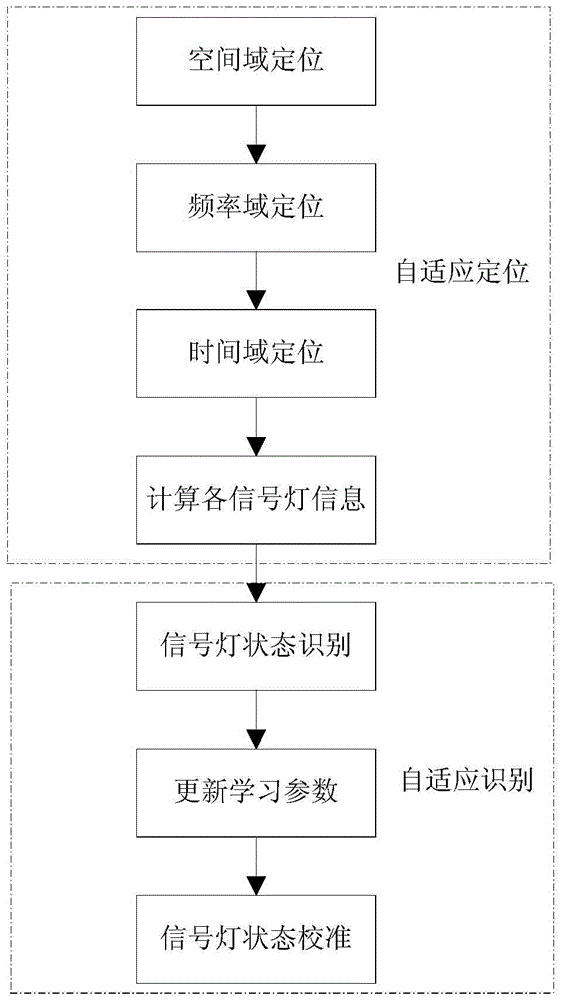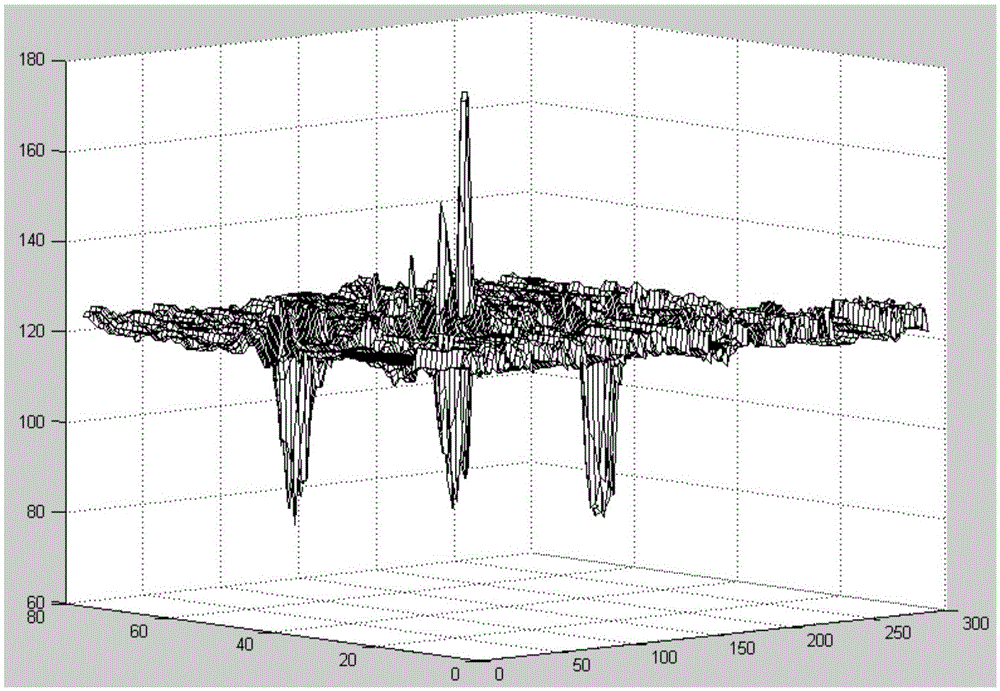A method for automatic positioning and recognition of traffic lights based on autonomous learning
A technology for traffic lights and positioning recognition, which is applied in image data processing, instruments, calculations, etc., can solve the problems of insufficient self-adaptive ability and inability to automatically locate signal light areas, etc.
- Summary
- Abstract
- Description
- Claims
- Application Information
AI Technical Summary
Problems solved by technology
Method used
Image
Examples
Embodiment Construction
[0052] The present invention will be further described below in conjunction with the accompanying drawings.
[0053] Such as figure 1 Shown is a method based on self-learning for automatic positioning and recognition of traffic lights. First, set the relevant parameters of the system according to the resolution of the video stream, which is used for the application and management of resources such as the internal cache of the system. At the same time, you can set the signal light candidate area To reduce detection calculation and resource consumption; according to different application scenarios, the input video stream can be the video stream of road traffic information collected by the camera in real time, or the video file in the storage device; for the input video stream, from the spatial domain , frequency domain and time domain three angles, locate the signal light to get the final positioning result, and determine the final position and size of the signal light according...
PUM
 Login to View More
Login to View More Abstract
Description
Claims
Application Information
 Login to View More
Login to View More - R&D
- Intellectual Property
- Life Sciences
- Materials
- Tech Scout
- Unparalleled Data Quality
- Higher Quality Content
- 60% Fewer Hallucinations
Browse by: Latest US Patents, China's latest patents, Technical Efficacy Thesaurus, Application Domain, Technology Topic, Popular Technical Reports.
© 2025 PatSnap. All rights reserved.Legal|Privacy policy|Modern Slavery Act Transparency Statement|Sitemap|About US| Contact US: help@patsnap.com



